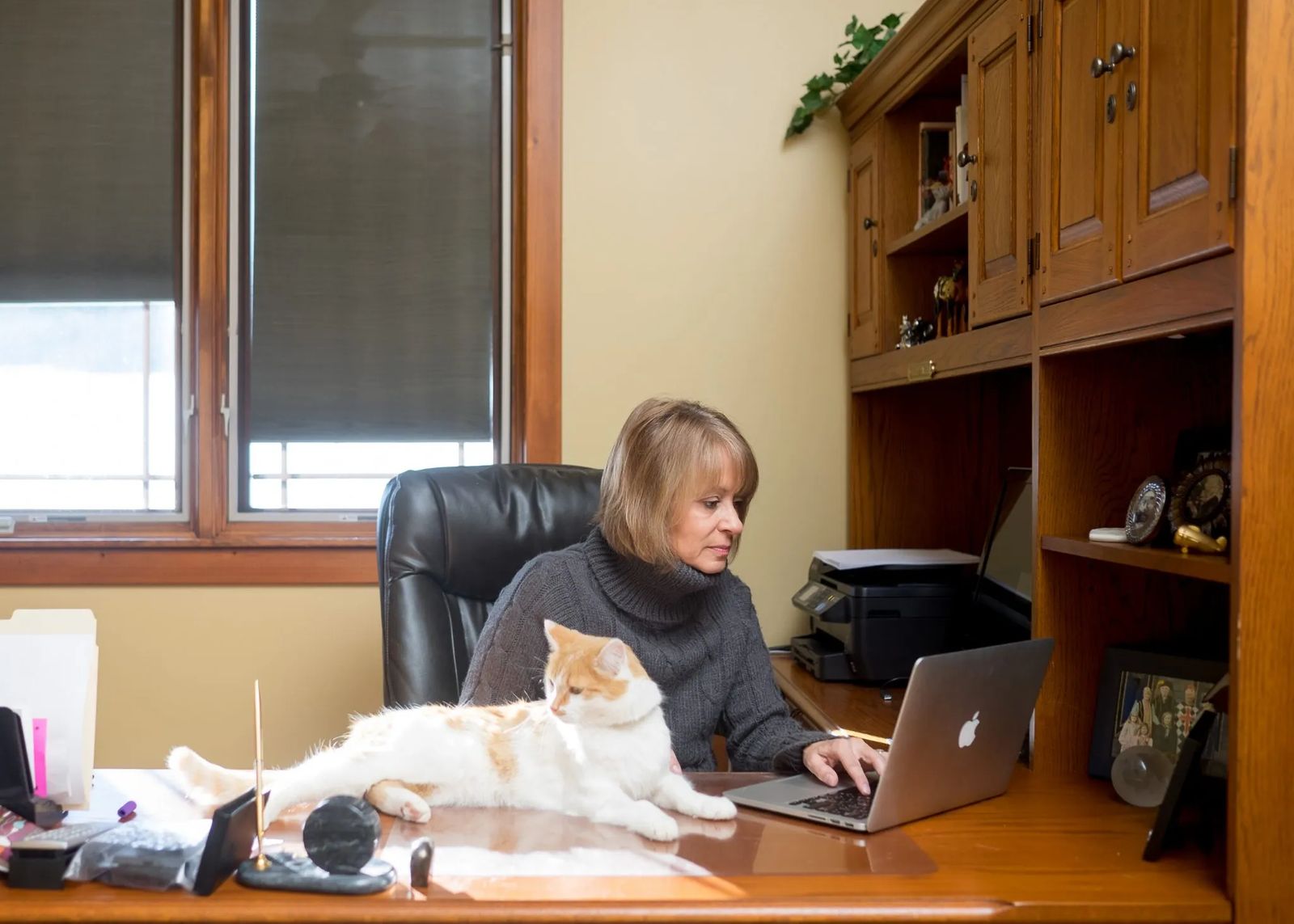
Cover Story: Diane Zook to the Rescue
Lending a hand to the abused & abandoned
When Diane Zook walked into the Naperville Humane Society in Naperville, Illinois, for her first volunteer shift, she hoped she wouldn’t have to work in the shelter with the animals. A life-long animal lover, she thought it would be too difficult to see them in cages and she didn’t want to fall apart on the job.
The shelter manager had a different plan, and so did Gypsy, a black lab mix.
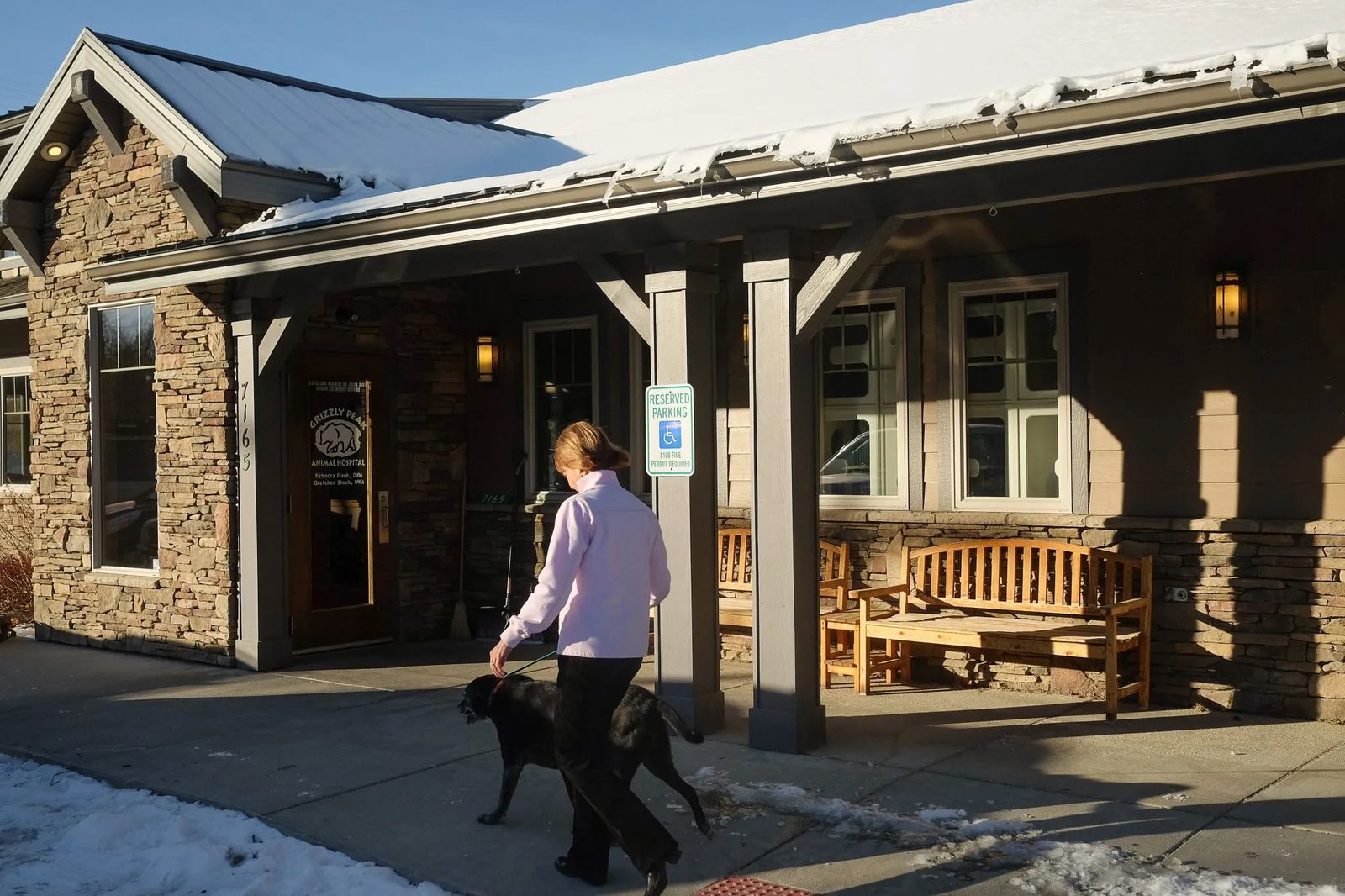
The shelter manager wanted her to walk a few of the resident dogs, but on her walk to the back of the shelter she spotted a black dog, her head hanging low, in the corner of her kennel. The name on the tag that hung on the kennel said, “Gypsy.” Diane was so moved by the dog’s pitiful demeanor that she crawled into the kennel and pulled the terrified dog onto her lap. Gypsy trembled, and buried her muzzle into the crook of Diane’s arm.
“That was the first and last time I cried,” Diane says.
She cried for Gypsy, but as she held the dog, she thought of all the unwanted and abandoned animals that were still living on the streets, scared and alone, dodging cars, and going without food and water.
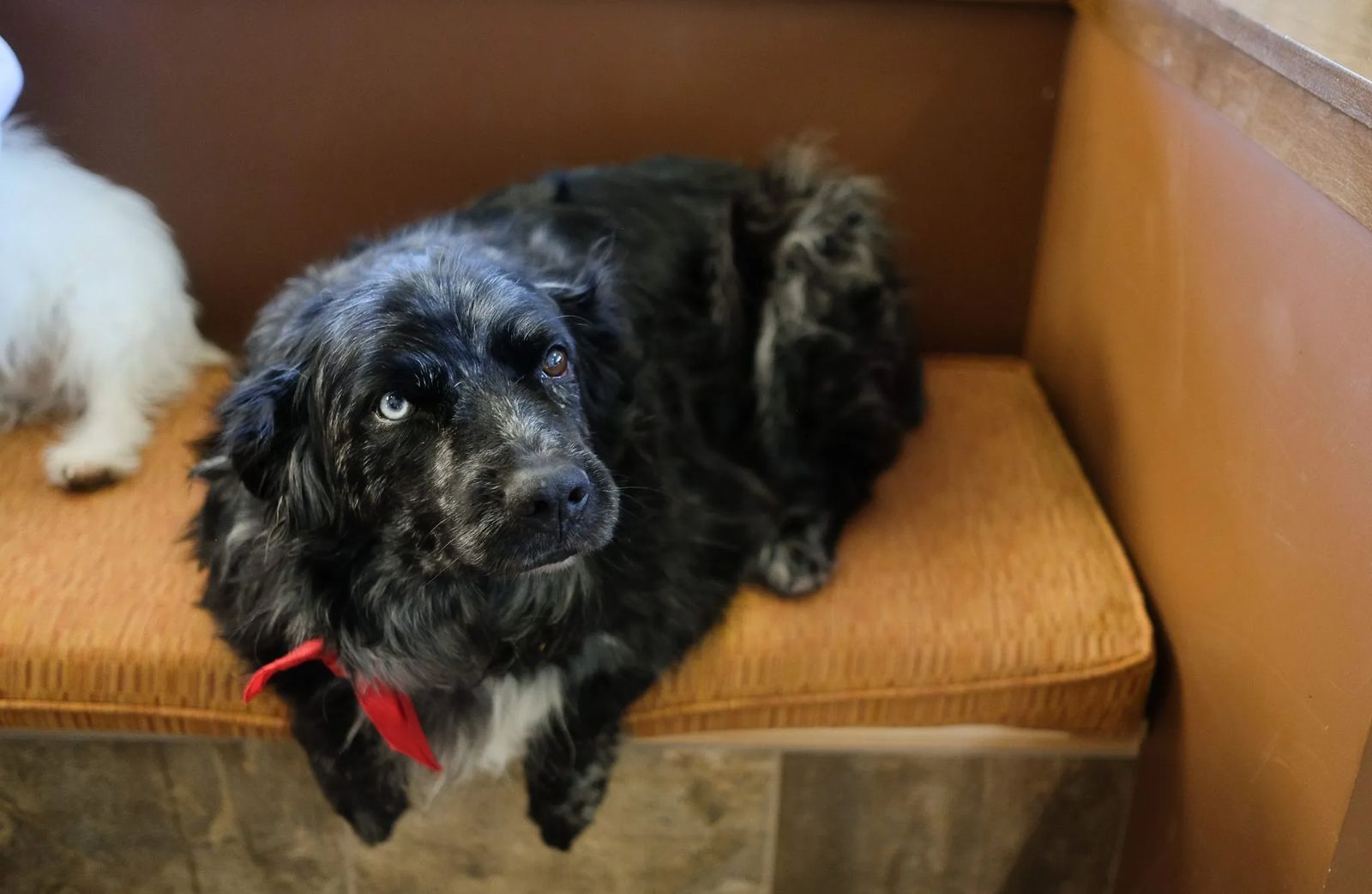
“I came to an understanding that while it’s not an ideal situation for an animal, this was a much better place for her than to be out on the street,” Diane says.
That life-changing day was more than 20 years ago, and Diane hasn’t given up on her beloved animals. She is the executive director of the Beartooth Humane Alliance in Carbon County. The non-profit animal welfare organization helps to find loving families for homeless animals, tracks lost and found pets, and hosts a free spay and neuter clinic twice a year to help control the number of unwanted puppies and kittens in the county. The volunteers who work for the BHA are also called on by law enforcement to intervene in cases of abuse and neglect.
Illinois to Montana
Diane and her husband Wally fell in love with Montana on a motorcycle trip in 2001. Every year, she and Wally would ride their Harley Davidson out to the Sturgis Motorcycle Rally in South Dakota, a weeklong gathering of bikers every August. That year, they happened to take an extended trip, which took them to Cody, Wyoming.
After a day riding over Beartooth Pass and arriving in Red Lodge they happened to take a wrong turn, heading north on Highway 212. When they figured out the mistake they pulled over and, on the side of the road, happened upon a couple they knew from Illinois who had moved to the area a few years earlier. Jim and Cara Kisthard filled their heads with all the wonders of life in Montana and all the opportunities they would have living in Red Lodge.
The small in-and-out airport appealed to Wally who was a pilot, and Diane was intrigued by the Yellowstone Wildlife Sanctuary, which fit her interest in animals.
Before they headed home, they dropped in to see another couple from Illinois who had settled in Wapiti, Wyoming. Wally and Diane listened in awe of their stories of wildlife encounters, the serenity of the mountains and all the recreation opportunities.
That trip “sealed the deal” Diane says. A year later they were relocating to Montana, first to Absarokee and then to Red Lodge in 2005.
“Our family thought we were crazy,” Diane says. “Then, of course, as friends and family have come out over the years, they’ve said, ‘Now, we get it.’”
A perfect fit
Diane spent nine years volunteering at the Naperville Humane Society, eventually serving as the board president and the interim executive director. The work was extremely satisfying, but it was also very intense, Diane says. When she and her husband Wally decided to move to Montana, she was ready to step back a bit and take a break from animal rescue.
“This work can be very emotionally consuming, and you have to develop compassion resilience,” Diane says. “You have to respond and push your judgments aside, and don’t question the past, just do what’s right for that animal and think about their future.”
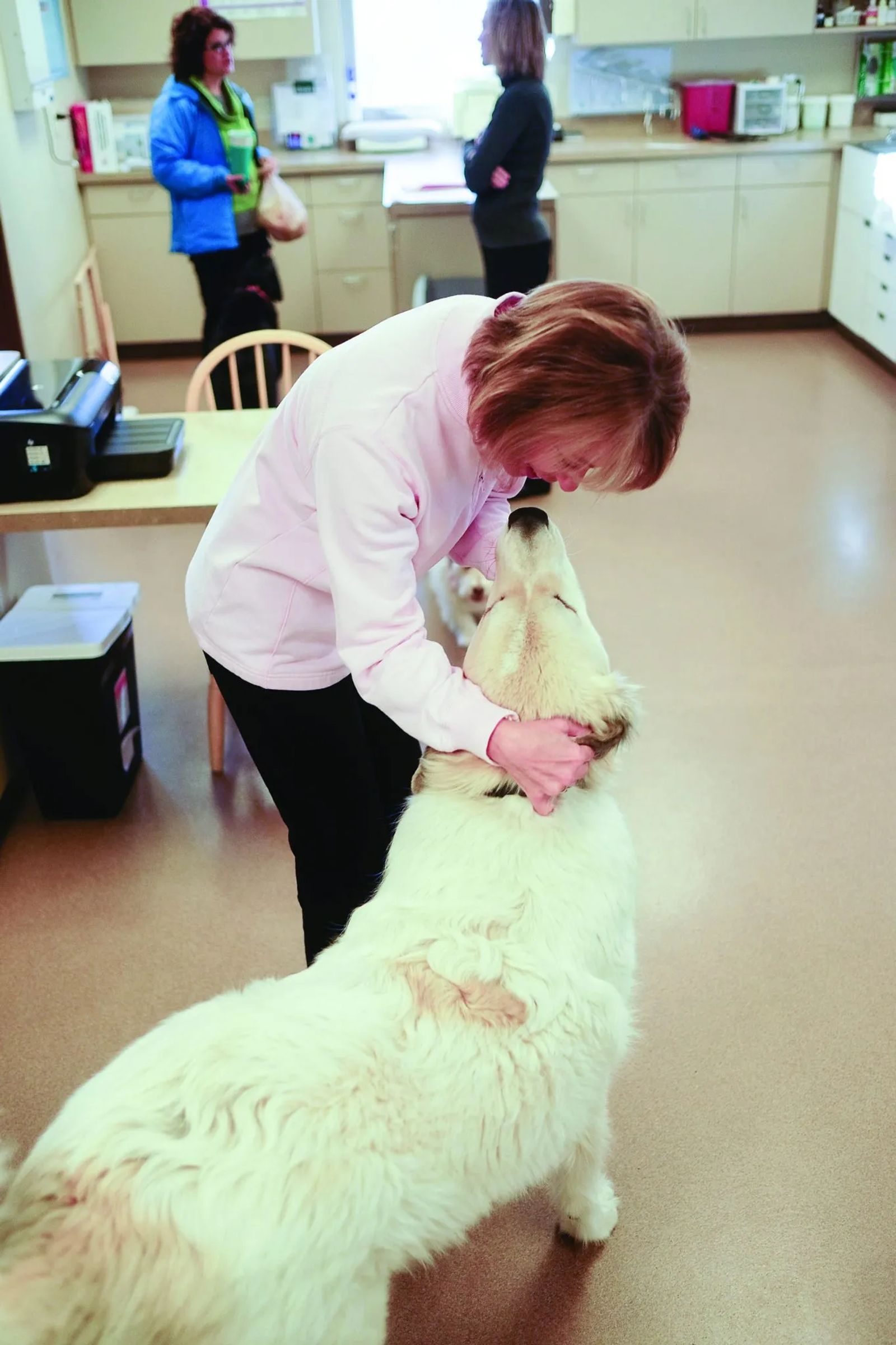
In Montana, she was surprised to discover that Carbon County had no animal welfare services. Citizens had no one to call, and stray, injured and lost pets were usually dropped off at the local veterinarians’ offices. Those veterinarians were getting overwhelmed and couldn’t continue to absorb the cost of caring for the animals. At the same time, they were concerned about unwanted kittens and puppies and in 2003, they planned a free spay and neuter clinic. Cara, a vet tech at Grizzly Peak Animal Hospital, invited Diane to volunteer at the clinic.
Veterinarians with the Montana Spay and Neuter Task Force as well as local vets spayed and neutered more than 600 animals that weekend. It was the first spay and neuter clinic offered in Carbon County and it was obvious that the need was overwhelming, Diane says. She realized that with her experience she could help make a difference in the lives of animals in her new community. Others were thinking the same thing, and it wasn’t long before a group of compassionate animal lovers approached Diane to help start the Beartooth Humane Alliance.
“It was really a leap of faith,” Diane says. “There were no stats. We had no idea the magnitude of the problem in our community.”
Prevention priority one
Beartooth Humane Alliance was incorporated in 2006, but that first year, Diane and her colleagues spent much of their time establishing the business end of the non-profit. After a 27-year career in banking, Diane was just the woman to make sure the organization was off to a sure-footed start.
“It is so crucial to build your business first before you do anything else so you have a solid foundation,” she says.
From the beginning, the BHA has focused on preventing unwanted and homeless animals by continuing the free spay and neuter clinics. It’s the only animal welfare organization in the region that offers the service for free, and Diane and the BHA board of directors intend to keep it that way.
“It’s one thing to react to homeless animals but the cause of it is overpopulation,” she says.
Since that first free clinic, the organization has spayed and neutered more than 4,300 animals and prevented countless litters of unwanted puppies and kittens. Diane and her board rely on grants from national foundations to sponsor the clinics, which cost about $8,000 each time they are offered.
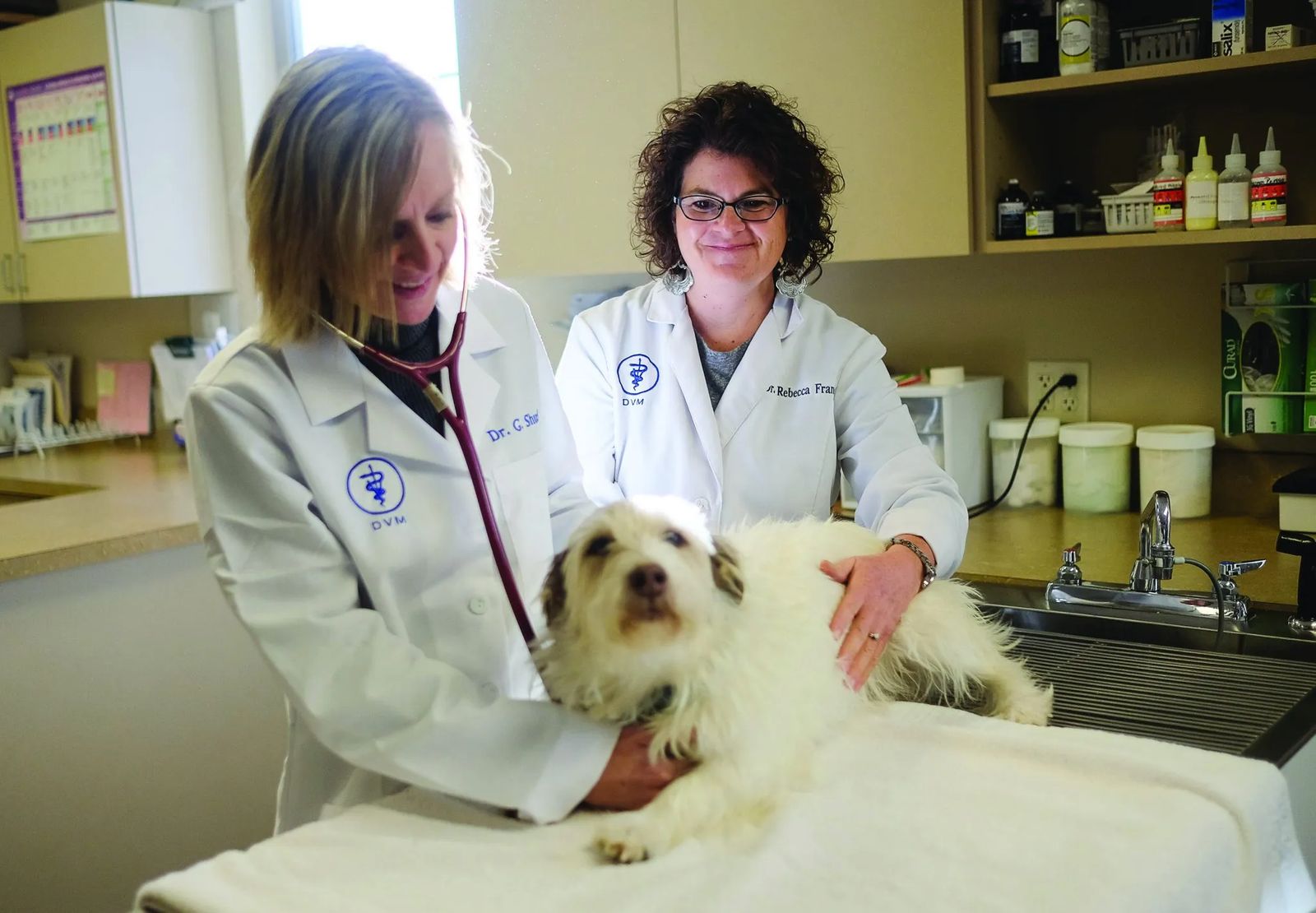
The second priority, Diane says, was to establish resources to help homeless animals. The Beartooth Humane Alliance does not have a shelter, but relies on foster families, who take in homeless pets until they find their forever homes. Foster families are given a small stipend for their contributions and all the animals’ food and medical costs are paid by the BHA.
Diane is a strong advocate of the foster home model. For puppies and kittens, foster care encourages socialization. Adult dogs and cats settle in to their surroundings and their personality comes out. Foster families know first-hand the animal’s tendencies and in foster care, the animals are exposed to all sorts of “tests.” Are they good with kids? Do they get along with other animals? Are they housebroken? Do they need additional training? Diane says, it’s all a part of the process of finding the best home possible for the animal.
“It’s never first come, first served,” she adds. “It’s got to be the perfect fit.”
The system works. Since 2007, the BHA has found permanent homes for some 370 pets and not one has been returned to the BHA for re-homing. Using Pet Finder, an online adoption service, BHA dogs and cats have been placed in homes throughout the region.
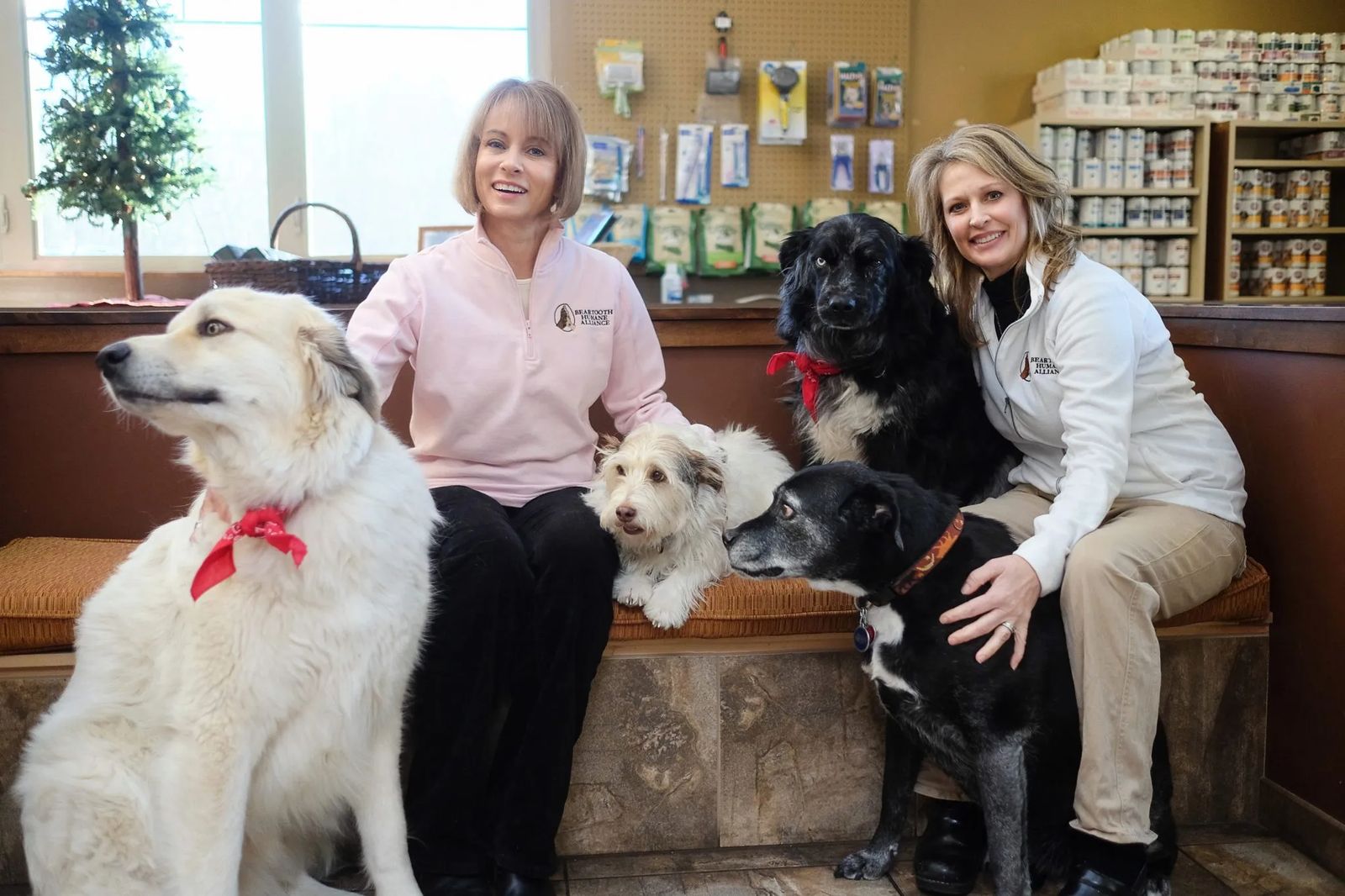
Over the years, there have been some tough placements, but Diane never questions the process, says Cara, who is now the Director of Animal Care for BHA in addition to working for Grizzly Peak Animal Hospital.
“I’ve never seen her get stressed,” Cara says. “She’s just so calm. In her mind it’s all going to work out. Something will come along, she says, and it always does.”
You’ve been Zooked!
Diane has a knack for finding foster homes that end up being permanent, and she’s always on the lookout for good dog and cat placements. Around Red Lodge, there are dozens of families who were approached by Diane for temporary foster care who are now, years later, dedicated pet owners. It’s such a familiar phenomenon that it’s known as being “Zooked.”
Tom and Coeta Rieger were “Zooked” about five years ago when Diane called and asked if they would be interested in taking care of Duncan, a stray cat that had been found living under an abandoned trailer home in Fromberg. The cat was thin, weighing only 10 pounds. His white fur was stained and matted and there was no telling how long he had been living on his own. BHA paid for Duncan’s grooming and medical care, and Diane delivered him to the Reiger’s home in Red Lodge. It was just a short-term foster placement – to start.
“We knew five or six days later that Duncan would be here permanently,” Tom says.
Duncan now weighs a healthy 21 pounds and his long, white hair is silky and mat-free. He sleeps on the bed and sits on Tom’s lap when he writes. Duncan has been the subject of several of Tom’s short stories, and he’s become a full-fledged member of the Rieger family.
Rescue reality
One of the roles of the BHA is to assist law enforcement in the case of animal neglect and cruelty cases, and Carbon County has seen its share. These cases stretch rescue workers to their limits.
In February, 2011, 75 starving horses were discovered in a pasture outside Bridger. The call came in the midst of a particularly wicked winter, and Diane remembers the day well. The horses were in the worst condition anyone had ever seen. Several of the horses with no hope of recovery were euthanized that day, and the rest desperately needed feed and medical care.
The scene was horrifying, but Diane, law enforcement, veterinarians, and other volunteers managed to keep their composure as they assessed each horse individually to document their condition. Diane says it’s necessary to have a businesslike approach when doing this job.
“Later on, you can shake and you can cry, but in that moment you have to do what is right for that animal,” she adds.
No one at BHA had any experience in horse rescue, but there was never any question whether or not BHA should help even though the project had the potential to bankrupt the new non-profit.
“We had only five years under our belts, but we were the only game in town. Whether it was dogs or cats or goats or toads, we are it,” she adds.
The owners were charged with animal cruelty, but while the case was making its way through the court system, the horses remained the property of the owners. BHA responded by recruiting local ranchers to donate hay – tons of hay – to feed the horses through the winter. It was more than a year before the case was resolved, and every day BHA volunteers drove out and fed the horses and eventually brought them back to health.
The case dragged on for more than a year and was finally resolved when the owners were found guilty. Diane worked with national horse adoption agencies and helped to place the horses in forever homes. They now live in locations all across the country.
Before anyone at BHA could celebrate a happy ending, another 40 horses were discovered starving in a pasture near Luther, but this time it was different. In response to the first case, the laws changed in Carbon County allowing law enforcement to confiscate animals that were in extremely poor condition. Twenty-six of the horses were confiscated and turned over to BHA.
Diane was charged with finding foster homes for all 26 horses as soon as possible. They needed to be placed in temporary care until the case was resolved. Diane used her connections to find a rancher who was willing to take all of the horses until the case was resolved. Diane calls it a major stroke of luck. The second case was settled faster than the first and the owner surrendered the horses.
In the second case, transportation, feeding and medical care for the horses cost the BHA more than $30,000 by the time all the horses were adopted. For both cases, Diane went to national horse rescue organizations and the Humane Society of the United States for additional grants to help with the costs.
Now, in hopes of avoiding additional horse neglect cases, BHA maintains a hay bank that provides feed for horse owners who fall on hard times. The agency also donates dog and cat food to the local food bank for pet owners who can’t afford to feed their animals.
A community effort
The BHA relies on a variety of grants from animal welfare foundations to help meet operational costs, but community donations are an important part of the funding mix. Carbon County residents are extremely supportive, Diane says. They donate cash and pet food, and frequently step forward anonymously to help pay for the medical needs of homeless animals.
When a dog or cat goes missing, the community rallies on social media to help find the missing pet, and when a wandering dog or cat is found, BHA helps to locate the owners. Again, social media plays a big role in reunions.
“Much of BHA’s success is because of the county where we live. This is a very caring and concerned environment for animals,” Diane says. “We are just a tool. The community is what makes it all happen.
Every animal has a story, and Diane remembers almost all of BHA’s successful reunions, the happy families who adopted a dog or cat, and the heart wrenching rescues. It’s her job and her calling.
“When you look in the eyes of that dog or that cat and you know they’re safe and they’re not hungry and they are loved – that’s the ultimate reward,” Diane says.
TO LEARN MORE about the Beartooth Humane Alliance, visit beartoothhumane.org














